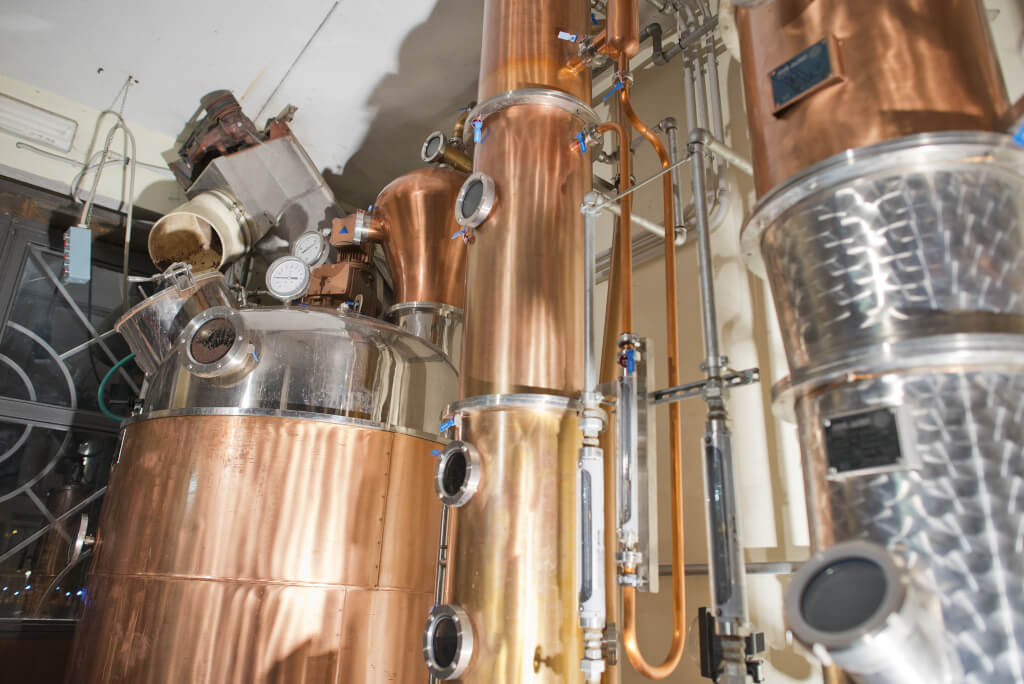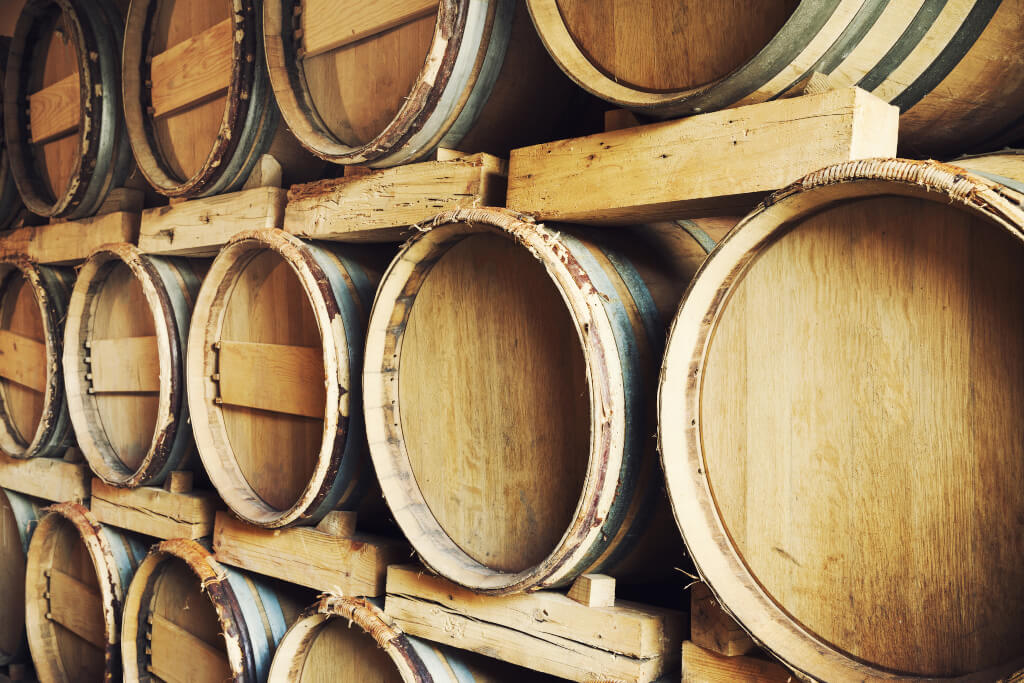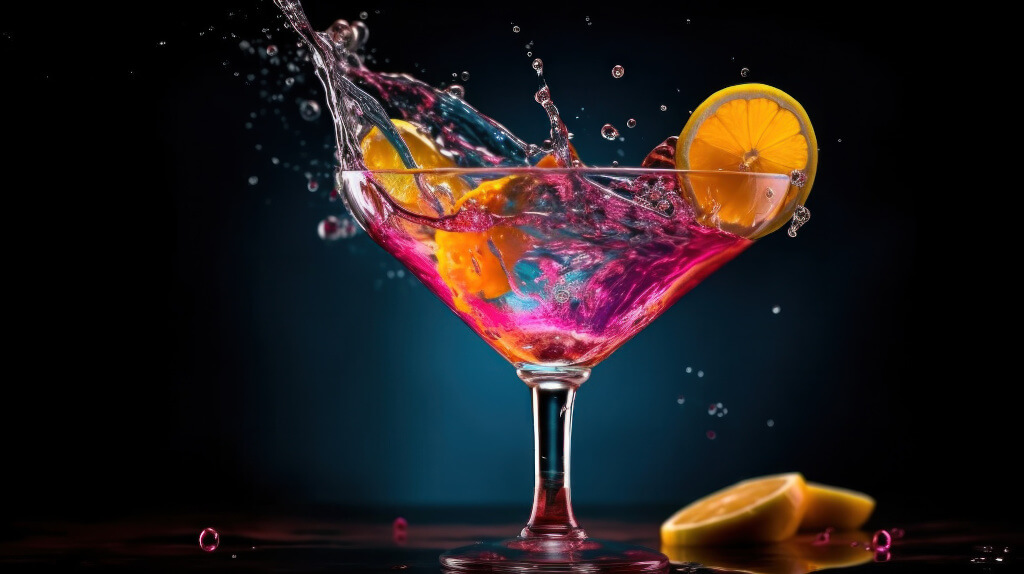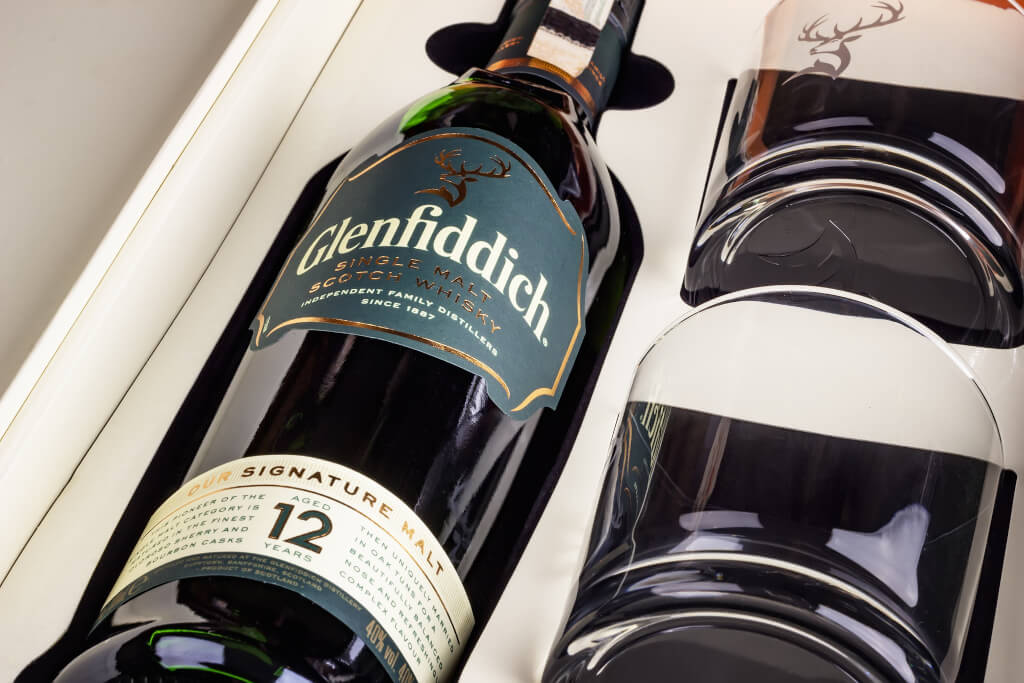Liquor tourism has developed into its distinct niche in recent years, attracting visitors from all over the world who value history, culture, and the best libations. The term “liquor tourism,” often known as “spirit tourism,” describes the growing interest in touring breweries, vineyards, and distilleries to learn about all stages of the alcoholic beverage production process. Often situated against picturesque scenery and historic buildings, these tours provide an in-depth look at the craftsmanship, history, and science that go into producing these artisanal libations.
Liquor tourism, though, involves more than just the simple act of sampling and appreciating different spirits; it also involves learning about the history, culture, and practices associated with these drinks in their native lands. This new trend in travel has caught on quickly all across the world, and it’s already making a big impact on local economies and the tourism sector as a whole. In this post, we’ll delve into the fascinating realm of alcoholic beverage tourism by visiting distilleries all over the world and highlighting their special qualities and the many different cultures that inspire their production.
The Irresistible Allure
The allure of booze tourism stems from a variety of factors. Some people enjoy doing this since it allows them to taste the spirits right where they are made and learn about the unique characteristics that each distillery has. For others, it’s all about learning about the long and storied background of these beverages and the skilled artisans who make them. The distillation process, an art and a science that produces a wide variety of spirits from the same base components, can be better comprehended through spirits tourism. Distilleries, which are typically located in scenic areas, also have a certain aesthetic appeal.
Influence on the Economy and Social Development
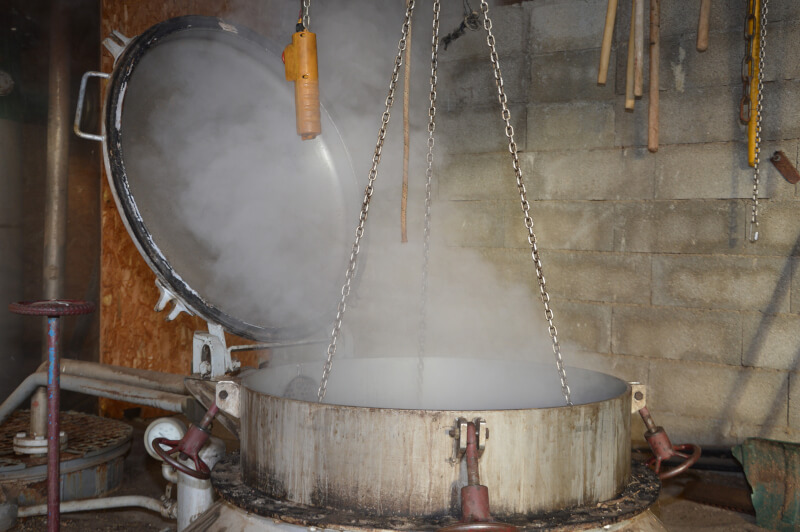
Liquor tourism’s impact goes much beyond the realms of entertainment and learning. It’s grown into a significant economic pillar for many places, generating income, and new jobs, and pushing forward necessary infrastructural improvements. In addition to spending money at distilleries, tourists spend money at other local establishments, stay in nearby hotels, and visit other attractions, all of which help the local economy as a whole. In addition, distilleries frequently play an important role in bolstering agriculture by sourcing local raw materials, which encourages sustainable practices and helps preserve a healthy ecological balance.
Whisky Production in Scotland and Ireland
Scotch and Irish whisky have a long and storied history, and their distilleries can be as picturesque as they are fascinating to look into. These regions are commonly acknowledged as the original homes of whisky, or whisky as it is spelled in Scotland. These regions’ distilleries have perfected their trades over centuries, creating spirits with unique flavour characteristics influenced by geography and artisanal production methods.
An Overview of the Major Distilleries
The Macallan Distillery in Scotland is an absolute must. The distillery, situated in the picturesque Speyside area, features a stunning design and state-of-the-art equipment. Its single malt whisky is well-known for its complex flavour and exquisite harmony. However, the Jameson Distillery Bow St. in Dublin, Ireland, offers a comprehensive introduction to the fascinating world of Irish whisky. Discover how the smoothness of Jameson is achieved using a triple distillation process.
Regional Practises and Beliefs
Whisky and scotch are more than just spirits; they are deeply rooted in the culture and history of Scotland and Ireland. Whisky, for example, is commonly snifted for its aroma before being sipped, and the spirit can be enjoyed either neat or with a splash of water to bring out its full flavour. Whiskies from Scotland, for example, are known for their “peaty” and “smoky” traits, which are often described in the tasting notes with elaborate terminology that alludes to the local environment.
Mexico and the Tequila Trail
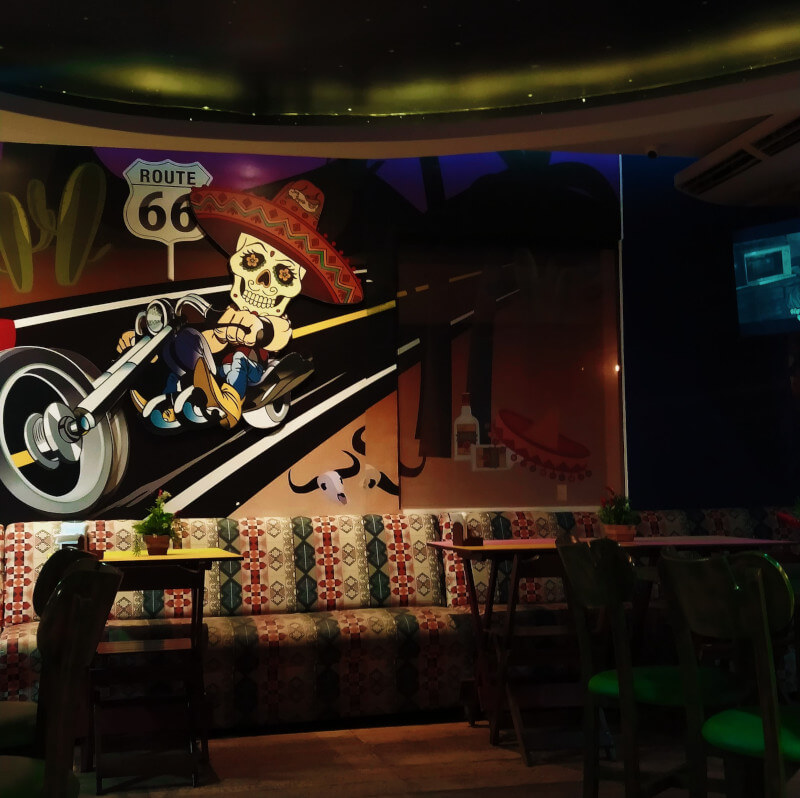
The History of Tequila and Why Agave Is Essential
The state of Jalisco, Mexico, is the origin of tequila, and the tequila route, also known as the “Ruta del Tequila,” is a lively tour through the area’s sun-drenched agave fields. The blue agave plant, from which tequila is made, does particularly well in the volcanic soils of this area. Because of its cultural and natural value, this area has been designated as a UNESCO World Heritage site.
Highlighting a Few Fine Spirits Producers
The José Cuervo distillery in Tequila, located in the state of Jalisco, is among the most famous in the world. The oldest distillery in all of Latin America, it gives guests a behind-the-scenes glimpse at every step of the tequila-making process, from gathering the agave to the final ageing. Another well-known distillery, Don Julio, produces quality tequilas and is dedicated to environmentally and socially responsible methods of production.
Regional Practises and Beliefs
Tequila is an integral part of Mexican culture. Usually, it is consumed neat, with a side of sangria, a sweet, sour, and spicy beverage created from citrus juices and chili peppers. Tequila is best enjoyed slowly so that its complexity and the subtle flavours brought out by the agave and the ageing process can be fully appreciated. In many social situations, a toast of “Arriba, abajo, al centro, adentro!” (Up, down, to the center, inside!) is made before a shot of tequila is taken.
A tour of a distillery in one of these areas is more than just an opportunity to sample some delicious libations; it’s also a fascinating look into the history, culture, and methods that gave rise to these internationally renowned beverages.
Sake, the Japanese Way
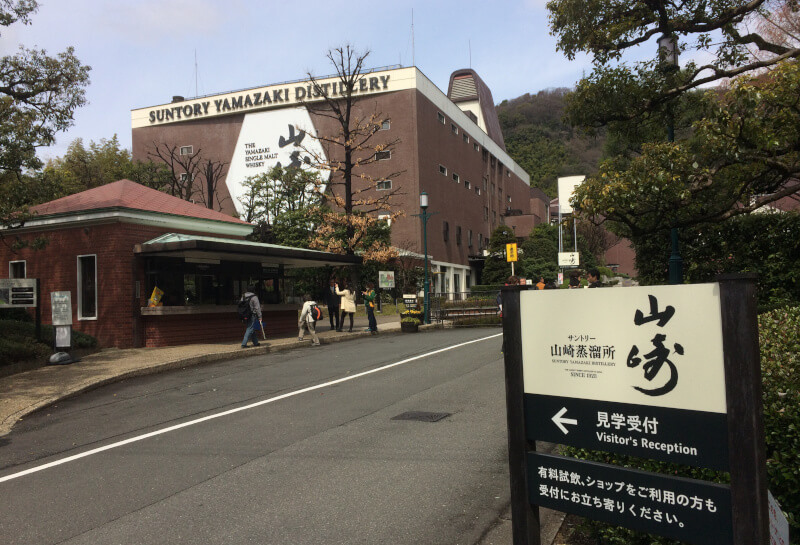
Japanese Sake Distilleries
Japanese sake is made using time-honored methods that have been passed down through the generations. Sake breweries, or ‘kura’ in Japan, are concentrated in areas like Niigata, Kyoto, and Hiroshima that have easy access to both high-quality rice and clean water.
How Sake Is Made and Which Breweries to Visit
Sake is made by a multi-step process that includes cleaning and heating rice and then fermenting it with a koji mould. This complex procedure produces a wide range of sakes, from fruity and sweet to dry and earthy. Gekkeikan in Kyoto stands out among the numerous renowned breweries because of its long history (going back to 1637) and commitment to preserving traditional brewing methods. Hakkaisan Brewery in Niigata deserves a nod as well for producing exceptionally clear and refreshing sake because of the region’s cold, snowy winters and pristine water.
Sake and Its Local Traditions
There is a strong connection between sake and Japanese traditions. From a flask called a tokkuri, it is poured into little cups called choko. As a sign of friendship and respect, it is customary to pour sake for another person rather than drinking it oneself. Sake is more than just a beverage; it plays an important role in many aspects of Japanese society, including wedding ceremonies, house cleansing rituals, and social gatherings over a meal.
The Origins of Vodka: Russia and Poland
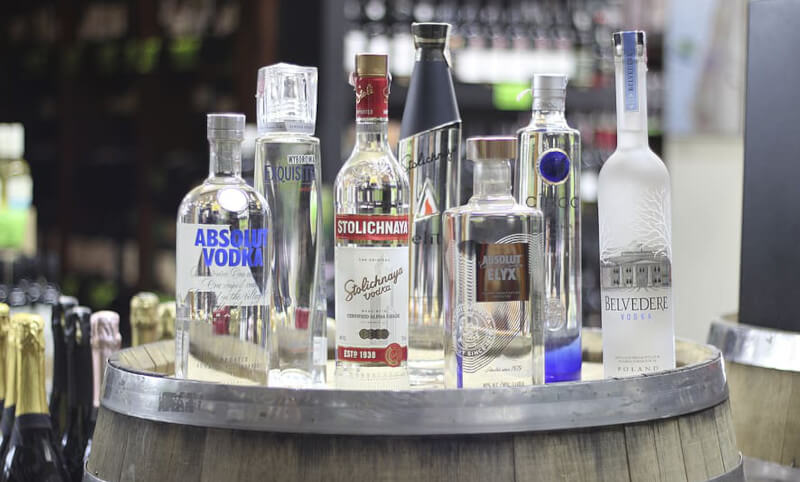
Places That Make Vodka
Vodka’s origins can be traced back to Russia and Poland, where it was first distilled from grains or potatoes. Both nations lay claim to the vodka’s inception, and their respective distilleries are among the oldest and most prestigious in the world.
Specific Features of a Few Alcohol Producers
The legendary Stolichnaya Vodka comes from Russia’s Kristall Distillery in Moscow, which itself is a historical landmark. The vodka is distilled using both old and new techniques to ensure the highest quality. Meanwhile, Poland’s ubrówka Distillery is well-known for its one-of-a-kind Bison Grass Vodka, which is infused with a single blade of bison grass in every bottle for a robustly nutty flavour.
Local Vodka Traditions and Practises: A Discussion
Vodka is a major part of festivities and get-togethers in both Russia and Poland. It is usually eaten neat with little nibbles like zakuski (Russian) or przekski (Polish). Each toast is accompanied by a sentiment, a joke, or a narrative, and is an integral component of the vodka-drinking custom. Vodka is more than simply a drink too many people; it’s also a sign of hospitality, friendship, and ethnic pride.
Caribbean Rum Trade
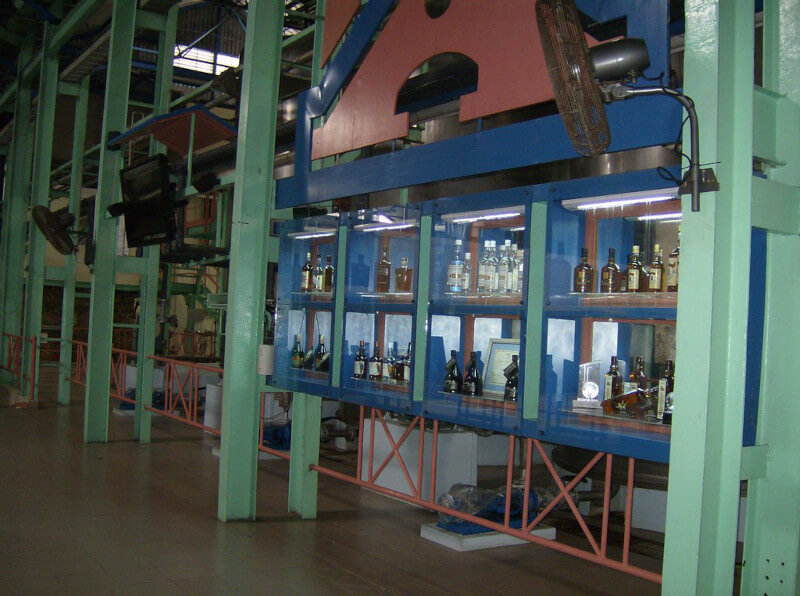
The Caribbean Rum Industry
The sugar cane farms and tropical temperatures of the Caribbean islands are where the majority of the world’s rum is produced. From Barbados to Jamaica, the Caribbean is home to dozens of distilleries where curious tourists may tour the facilities, sample the wares, and learn about the many different varieties of rum produced there.
Distilleries, and What Makes Some of Them Special
The Appleton Estate in Jamaica is one of the oldest distilleries in the world and one of the most famous in the Caribbean. This farm, located in the heart of the Nassau Valley, takes visitors on a fantastic tour from sugar cane to rum in a cup. Barbados is home to Mount Gay, the world’s oldest commercial rum distillery, and offers tours that provide insight into the island’s storied rum production history.
Rum in Regional Cultures and Rituals
In the Caribbean, rum is an integral part of the social scene and the cuisine. It is a staple in many popular mixed drinks, such as the Mojito and the Rum Punch. In some islands, a ‘tot’ of rum is offered as a blessing or toast, and the spirit is often a focal point of festivities and celebrations. A vital part of Caribbean history and culture, rum has contributed to the richness and variety of Caribbean rum culture.
Small-Batch and Artisanal Spirits Producers
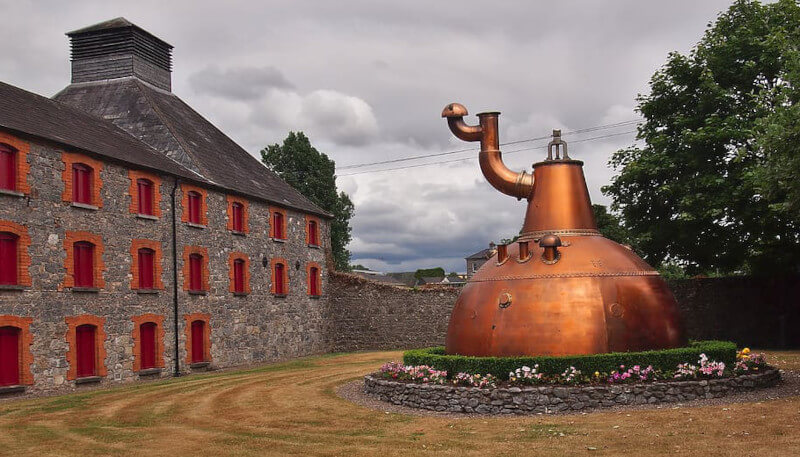
Craft and boutique distilleries have mushroomed in response to an increased demand for handcrafted, small-batch spirits. These distilleries are known for their extraordinary spirits, which they develop by prioritising quality, experimentation, and local sourcing. Liquor tourists are discovering new and intriguing places to visit, such as the Kings County Distillery in Brooklyn, New York City’s oldest functioning whisky distillery, and the Sullivans Cove Distillery in Tasmania, which makes world-renowned single malt whisky.
The Impact of the Craft Spirits Industry on the Liquor Industry
The popularity of craft spirits is indicative of a broader movement towards handcrafted, niche products made in small batches. Customers want to know where their beverages come from because they value authenticity and openness. Liquor tourism has benefited from this transition because customers are increasingly curious about more than just the end product; they want to know how it was made, who made it, and why. Craft distilleries’ rapid expansion has enriched and diversified the spirits tourism scene, guaranteeing the industry’s continued growth and development in the years to come.
Responsible Drinking Vacations
Participating in Liquor Tourism in a Responsible Manner
Exploring and appreciating the world’s spirits is what spirits tourism is all about, but it’s important to drink responsibly while doing so. You should know your limitations, take breaks to drink water in between tastings and arrange for a sober ride home. Keep in mind that the point of a distillery tour is not to get wasted, but rather to take in the spirit’s unique flavour profile, production process, and history.
Distilleries as a Force for Responsible and Secure Tourism
When it comes to encouraging responsible and secure tourism, several distilleries are at the forefront. To guarantee the safety of their guests, many establishments have policies in place, such as providing advice on how to drink responsibly and offering transportation home for those who have had too much to drink. Spirits tourism is becoming more eco-friendly and sustainable as distilleries throughout the world adopt sustainable practices including using locally produced ingredients, implementing energy-efficient distilling technologies, and reducing waste.
How to Get Ready for the Distillery Visit
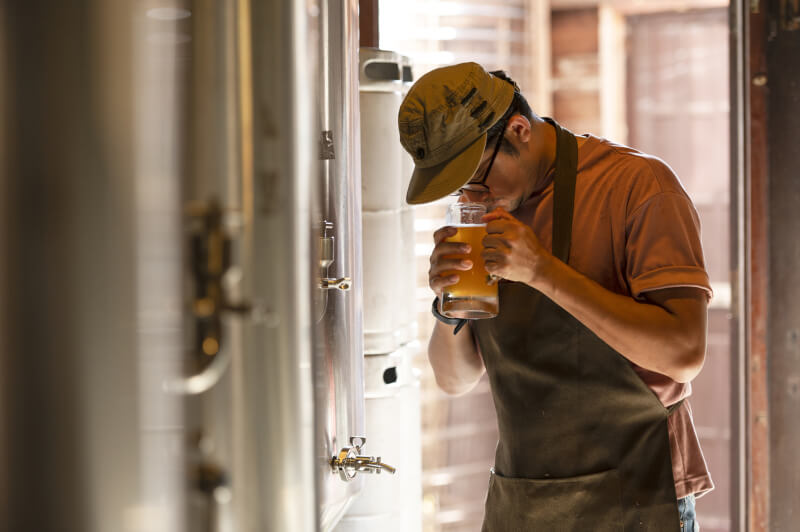
Preparation is the key to getting the most out of a visit to a distillery. Many distilleries only allow visitors at certain times or have a limited number of tour spots available, so plan. Be prepared for a range of temperatures, especially in storage areas like wine cellars, and dress in layers. Most importantly, be willing to learn and have an open palate.
Curiosity is a great asset on a tour of a distillery. Think about inquiring about the distillery’s backstory, the components they use, the method they employ to create their spirit, and any other distinguishing features. Inquire about their eco-friendly practices and how they suggest best enjoying their libations.
Some Advice on How to Enjoy the Flavours of Alcohol
Use all of your senses when tasting a spirit. Take in the hue, inhale the perfume, then exhale slowly before taking a small sip and allowing it to coat your mouth. Try to pick out little differences in taste. Keep in mind that there is no “wrong” way to feel; rather, the point is to take in the nuance of the spirit and have fun with it.
The spirit industry is fascinating, and tourists interested in learning more can do so through spirits tourism. It’s a call to investigate the origins, history, and cultural importance of these drinks. Responsible and sustainable travel is essential in any destination. If you do, you’ll have a fantastic time learning more about and appreciating the cultures that produced your favourite alcoholic beverages.
The Top Distilleries in the World
By taking a virtual trip across the world to sample booze from different regions, we can better appreciate the intricate global web of alcohol production. We’ve learned about the astonishing variety and complexity of the world’s spirits, from the peat-infused Scotch whiskies of Scotland to the nuanced sake of Japan and the colourful rums of the Caribbean. We’ve gone through the history and culture of these libations along the way, shedding light on the crucial role they serve in their native societies.
Learn About Spirits and the Distilleries That Make Them
There is as much variety in the world of spirits as there is in the individuals and places that make them. Visiting a distillery is like experiencing a little bit of the past, present, and future all at once. Liquor tourism, as we’ve seen, is about more than just trying different kinds of alcohol; it’s also about learning to respect the history and meaning behind each bottle. There is a world of flavours and sensations waiting for you in distilleries all around the world, whether you are a seasoned spirit connoisseur or a curious newbie. Get started on your spirits tourism adventure, enjoy your drinks in moderation, and learn about the history of each spirit.

